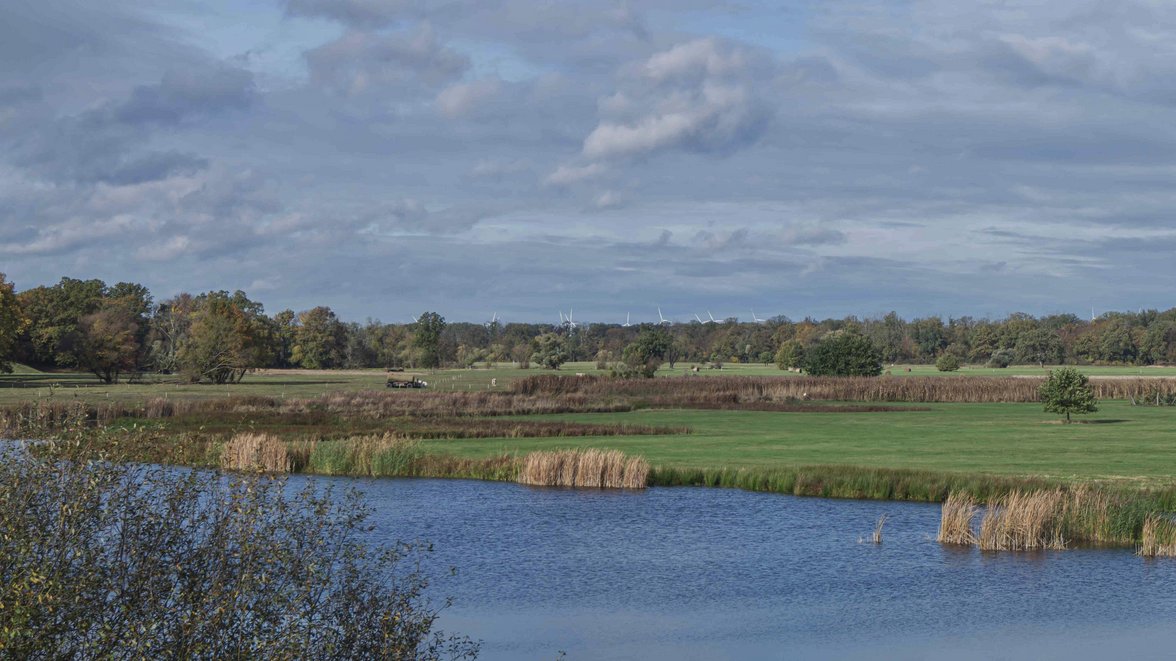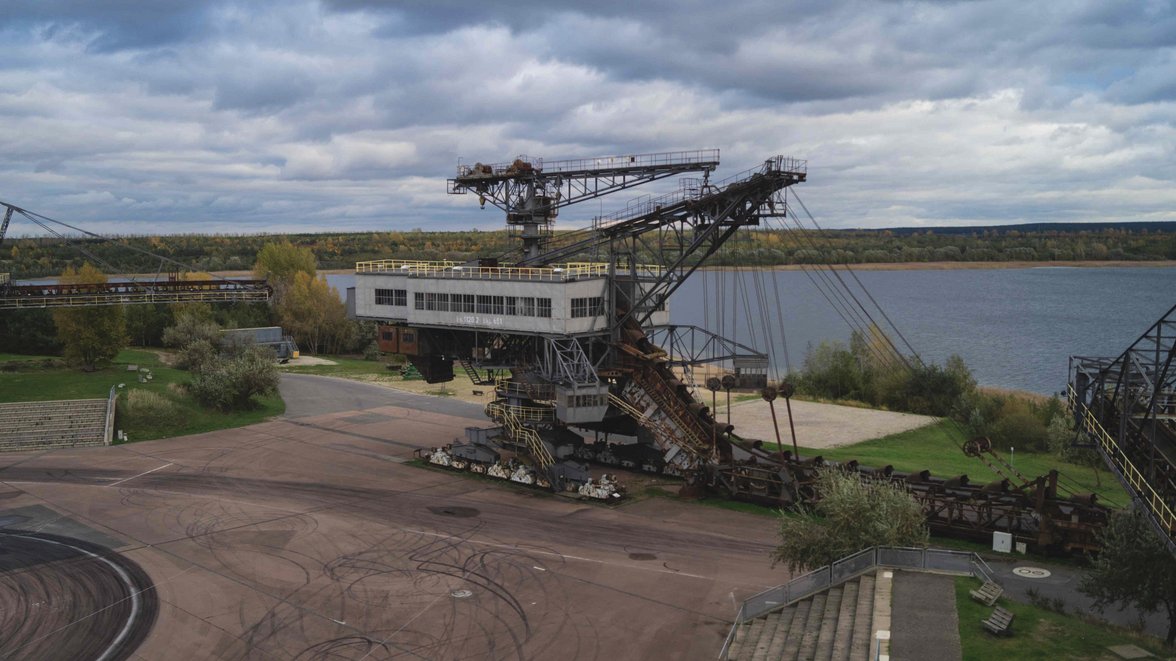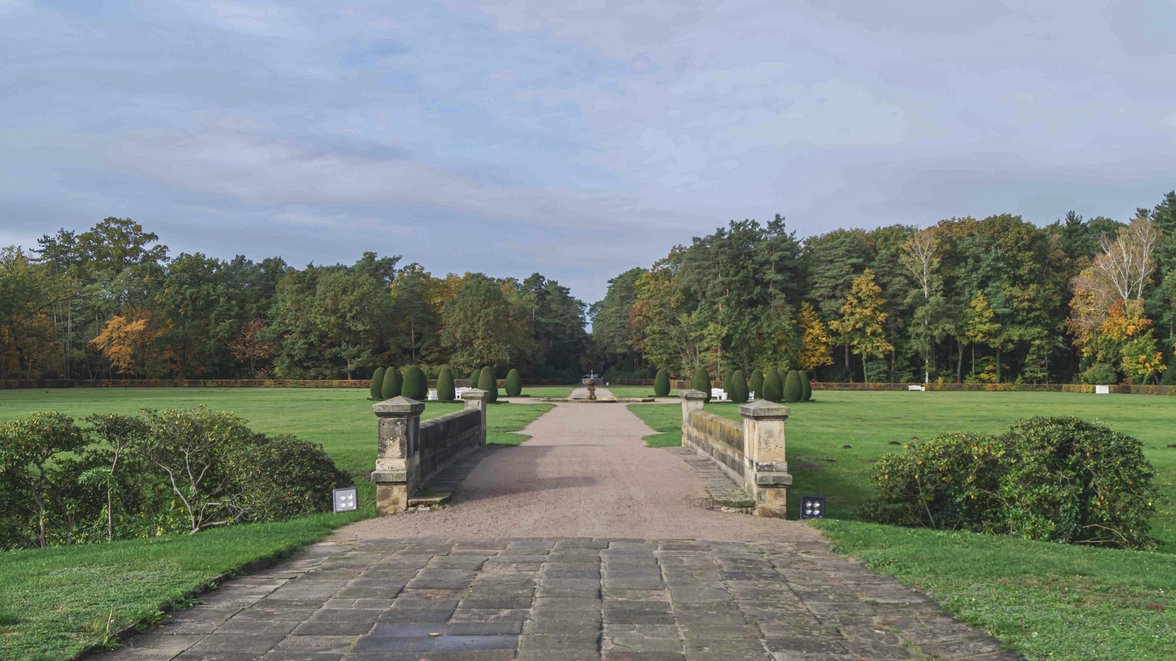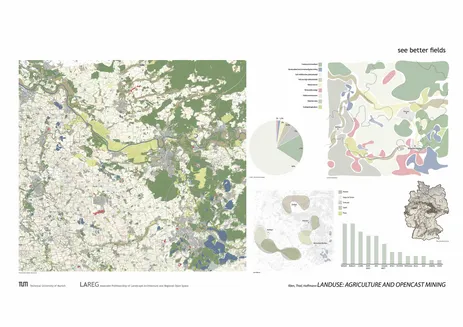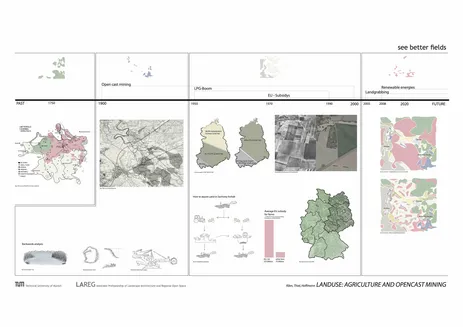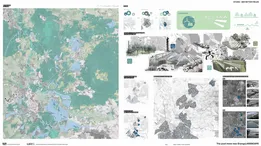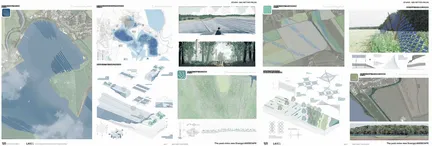Background
Germany has committed to reducing greenhouse gas emissions by 2030 under the European Climate Protection Regulation[1]. The expansion of renewable energies (RE) is essential for this goal but faces controversy and resistance from both the public and politics. Current planning practices are predominantly characterized by layered procedures, where exclusion criteria and damage assessments in various landscapes impact the plans. Spatial structural concepts are lacking, and synergies for the population and biodiversity are only marginally addressed. In the "see better fields" semester project, we explore how landscape architects can contribute to shaping the energy transition, rapidly devising new, creative solutions for a holistic, contemporary landscape—economically, ecologically, socially, and aesthetically. How can RE facilities structurally enrich this landscape, create new connections, and allow genuine diversity?
LAREG has been conducting extensive research on the enhanced integration of wind and solar installations into the landscape. New possibilities for combining new technology with existing land use include Agri-Photovoltaics or Floating-PV. Here, we ask: what densities, textures, and proportions emerge when designing RE within the current culturally and historically shaped landscape with its individual requirements and characteristics?
[1] Klimaschutzgesetz (KSG); § 2 Absatz 4 Satz 1 KSG

Energy and cultivated landscape
The project studio focusses on the design and integration of renewable energies in everyday and cultural-historically important landscapes. The project area stretches from the Elbetal, Wörlitz and Wittenberg to Bitterfeld-Wolfen, the Düben Heath and the Köthen farmland. This landscape is characterised by many identity-forming traces of different times, resulting in a variety of textures that coexist and overlap.
The analysis is about getting to know the space and its surroundings intensively. During the excursion, we approach the specific analysis topics of the various groups as well as their selected project areas and main thematic focuses.
New structures
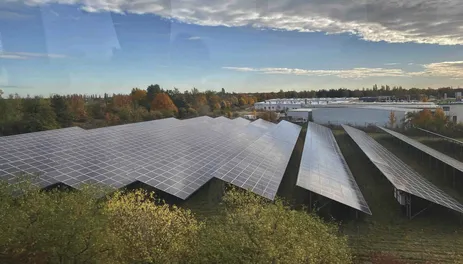
Solar and wind parks are becoming an increasingly present structural element and are accompanied by a fundamental change in the landscape. This leads to the current question: Which new landscapes, uniting all the different needs and structures, do we want to shape? To answer this question, we are investigating how the preservation of historic World Heritage Sites and the necessary landscape transformation can be successfully combined with new structures. Based on the results of the analysis and taking into account social, aesthetic, ecological and economic objectives, we are developing spatial concepts and programmes. These should be based on individual cultural landscape elements and landscape structures or their interrelationships. We then develop designs for elements, structures and/or their interrelationships at various levels - regional, urban, object planning and/or detailed (scale 1:25.00 - 1:1). The developed concept and consistent landscape development are always included in the process.
